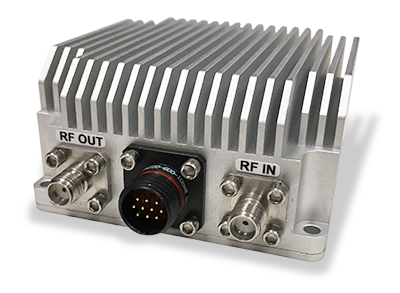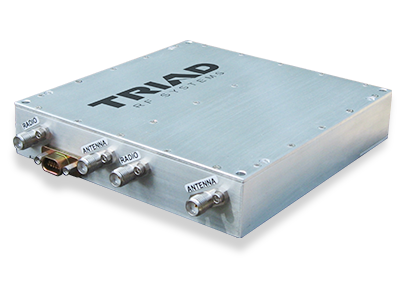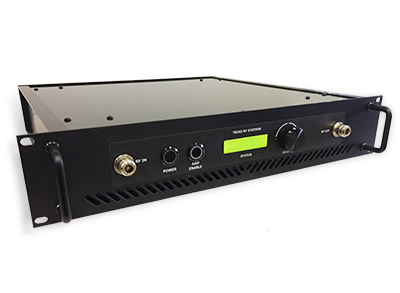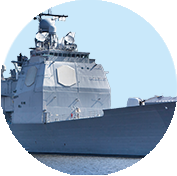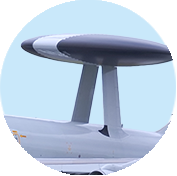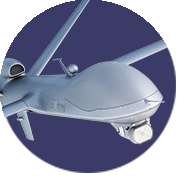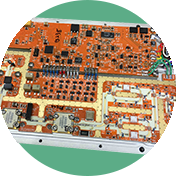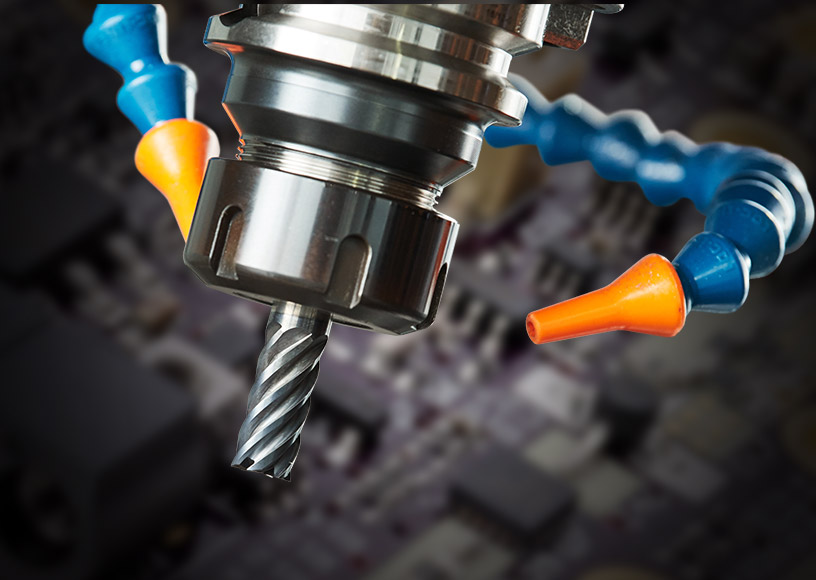
Understanding Custom RF Amplifiers: The Design Ground Work and Prototype Testing
The right RF amplifiers must effectively boost an RF signal to a higher power level without signal or data degradation. Long-range applications are ultra-critical so a customized RF amplifier is sometimes required to suit a specific set of long-distance radio system criteria. With our extensive expertise, we will guide you through the process of getting a custom RF amplifier.
The Right Plan and Supplier The Design and Possible Pitfalls The Groundwork and Testing
Previously, we discussed practical steps to beginning the design of custom RF amplifiers.. In this series of posts, we will shine a light on the steps in acquiring the perfect custom amplifier for you. We already laid out how to plan your RF amplifier with the right supplier and explained the design phase and different design challenges you might face.
Now, we enter the final stages of the designing process to make your RF amplifier ready for manufacturing. With the proper planning and research, a RF amplifier designer has crafted the architecture of the amplifier, ran computer modeling, and performed base analysis on input and output power. The groundwork of your design has now been placed, and your RF amplifier is starting to become more tangible.
The Schematics and Layout of Your RF Amplifier
At this point in the design process, the core of the RF amplifier's physical layout has been established. A designer has performed pallet testing to gain the right data about how the circuitry will function in real world scenarios, and this has been followed up with cascade analysis to determine the right input levels and gain stages.
Now that all of this is established, a designer will then set up the DC power and control design. This is the circuitry, which will manage the AC/DC power input requirements and any ancillary control circuitry that may be required. Relative to the RF amplifier's requirements, this task can vary in level of difficulty; your RF amplifier can be a very basic power amplifier or can require a very complex power and control design. This is all performed in a schematic entry tool, and the output becomes the final design schematic.
The final design schematic is the key to entering the next stage of design, as it's transferred into a printed circuit board (PCB) design layout. This is where the physical components are finalized in the layout to build the final circuit board. This stage truly highlights the need for an experienced RF amplifier supplier because the PCB layout requires great care. An error in design could cause potentially harmful interference that can interrupt, overwhelm, or create oscillations in other parts of the circuit.
With the development of the PCB layout, impedance matching is also designed at this stage. The previous computer modeling is used to ensure that the circuit layout design is losing as little energy as possible throughout the various amplification stages. PCB layout provides you with the physical dimensions of the final product, as well as connector locations.
With the PCB layout verified, the designer is now ready to work with a mechanical engineer to design an enclosure for the end product. A metal enclosure is typically required to provide isolation between various sections of the circuitry. For example, if your RF amplifier was a bi-directional amplifier, the enclosure must be designed to provide isolation between the transmit and receive sections. Just as importantly, the enclosure design must provide a heat management solution. Whether it is simply identifying the “hot spots” of the enclosure for a customer, or fully integrating a heat sink and fanned design, thermal analysis is performed on the design to ensure that the RF amplifier can stand up to your intended use.
Once this work has been performed, a designer will have a contract manufacturer produce a prototype amplifier design for lab testing and evaluation. This step ensures the performance of the final product, prior to a larger quantity build of products. Mechanical fitment, DC power and control, and RF performance are all checked and double checked, prior to approving a design.
Testing Your Prototype RF Amplifier
Once a final design is received in-house, the design engineer has one more job, before handing it over to production. This is to test the prototype unit, characterize its performance, and modify or tune the design as required to optimize its performance.
The design engineer will test the unit to establish a baseline performance. Once this is done, there may be any number of changes made to the design to improve its performance. Component parts modification may be required to increase or lower component values. Firmware may be updated to change sequencing, timing, or biasing of certain components. Lastly, manual tuning of the RF circuitry may be performed by painting on a conductive silver compound to change the RF properties of the amplifier.
Once these changes have been made and optimal performance achieved, the design engineer will capture all of these changes, as well as document any manual tuning that may be required on follow-on production units.
Summary
It takes years of expertise to push the boundaries of designing RF Solid State Power Amplifiers (SSPAs) while maintaining a price structure that allows RF amplifier solutions to meet cost targets. So, due diligence is crucial.
We've written a tech brief to help guide your team through the custom development process to ensure your team meets your cost, schedule, and performance needs.
“Key Considerations for a Successful Custom RF Amplifier Design”
Please feel free to contact us with any questions.

